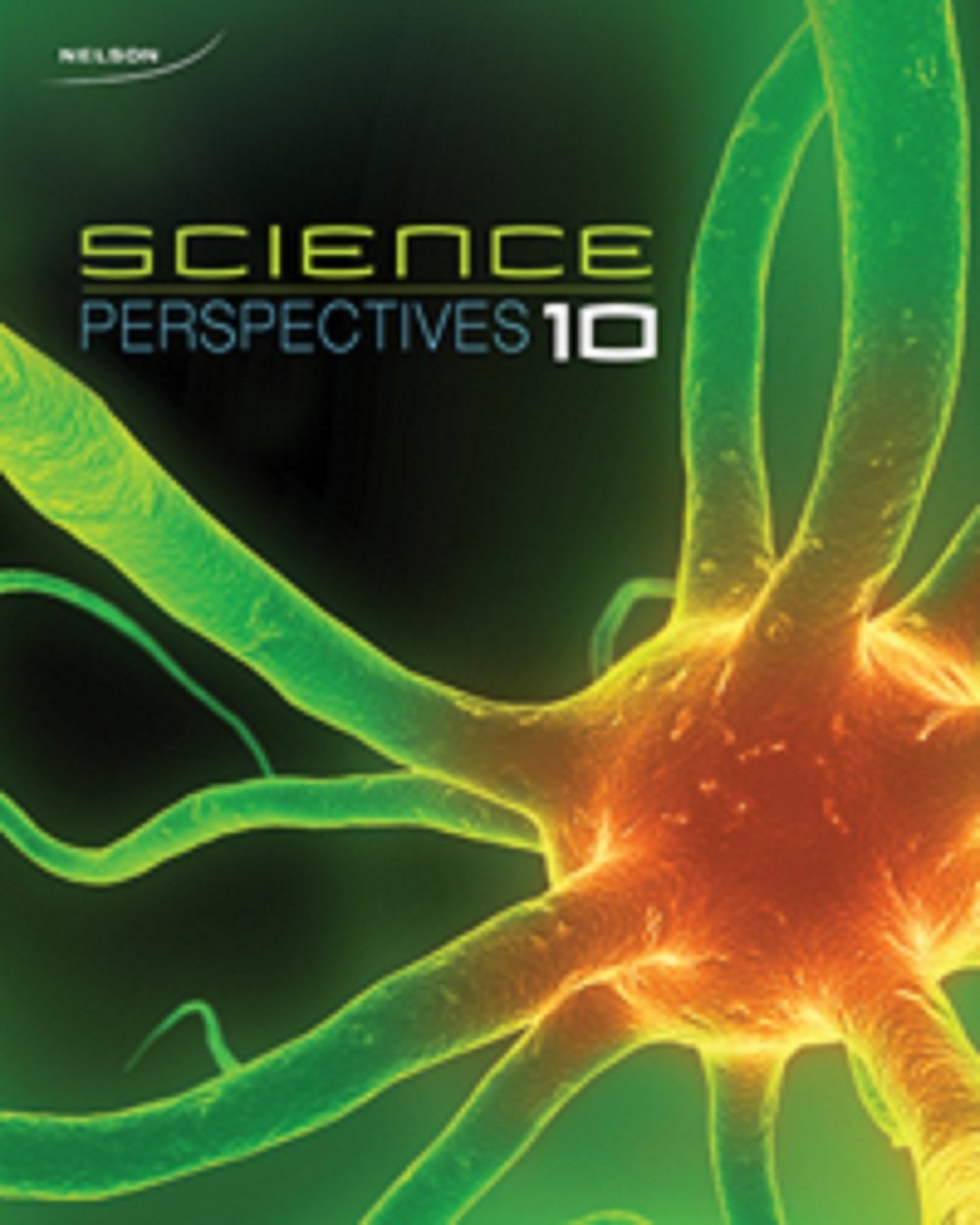
All Solutions
Section 11-4: The Ray Model of Light
$textit{b.}$, Reflective layer gives the mirror reflective properties and transparent layer protects the reflective one.
Transparent part: Layer of glass.
$textit{b.}$, Reflective part gives reflective properties to the mirror.
Transparent part: protects reflective part.
Mirrors are made by painting a thin layer of silver (or aluminum) on a sheet of glass.
The shiny layer of silver (or aluminum) paint gives the mirror its reflective properties while the glass on the paint protects the paint from any damage or scratches.
Frosted glass is translucent.
Single sheet of thin tissue paper is translucent.
Clean sheet of glass is transparent.
Rock is opaque.
Clean air is transparent.
Apple juice is translucent.
Sunglasses are transparent.
Frosted glass is translucent.
Single sheet of thin tissue paper is translucent.
Clean sheet of glass is transparent.
Rock is opaque.
Clean air is transparent.
Apple juice is translucent.
Sunglasses are transparent.
Normal is line which is perpendicular to the surface which is stroke by the incident ray.
Angle between normal and incident ray is angle of incidence.
This very ray of light is being reflected after it has stroke the surface and while reflecting it makes angle with normal, and that angle is called angle of reflection.
These two angles are always equal and incident ray, normal, and reflected ray all lie in the same plane.
Normal: line perpendicular to the reflecting surface.
Angle of incidence: angle between incident ray and normal.
Reflected ray: the very same ray which reflects off the surface.
Angle of reflection: angle between reflected ray and normal.
Angle of reflection and of incidence are always equal and normal, incident ray and reflected ray all lie in the same plane.

